|
Your search criteria found 1300 images Gallery: Universe |
| My List |
Addition Date | Target |
Mission
|
Instrument | Size |

|
2004-06-01 | Centaurus A |
Spitzer Space Telescope |
IRAC |
1627x1227x3 |
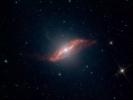
|
|||||

|
2004-06-28 | NGC 7331 |
Spitzer Space Telescope |
IRAC |
1239x805x3 |
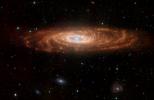
|
|||||

|
2005-07-27 |
Spitzer Space Telescope |
Infrared Spectrograph (IRS) |
2361x1506x3 | |
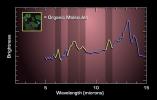
|
|||||

|
2004-08-09 | NGC 246 |
Spitzer Space Telescope |
IRAC |
1018x1018x3 |
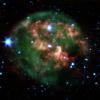
|
|||||

|
2005-07-27 |
Spitzer Space Telescope |
2526x1827x3 | ||
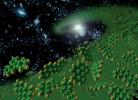
|
|||||

|
2004-09-07 |
Spitzer Space Telescope |
IRAC |
1125x1125x3 | |
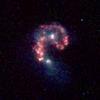
|
|||||

|
2004-09-07 |
Spitzer Space Telescope |
IRAC |
1125x1125x3 | |
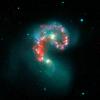
|
|||||

|
2004-10-06 |
Spitzer Space Telescope |
IRAC |
1090x1090x3 | |
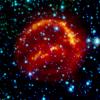
|
|||||

|
2004-10-12 |
Spitzer Space Telescope |
IRAC |
602x602x3 | |
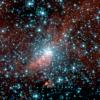
|
|||||

|
2004-10-18 |
Spitzer Space Telescope |
IRAC |
3000x2400x3 | |
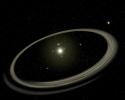
|
|||||

|
2004-12-09 |
Spitzer Space Telescope |
3000x1688x3 | ||
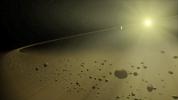
|
|||||

|
2004-12-09 |
Spitzer Space Telescope |
3000x1688x3 | ||
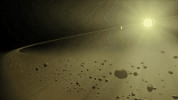
|
|
||||

|
2004-12-09 |
Spitzer Space Telescope |
1386x956x3 | ||
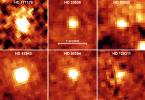
|
|||||

|
2004-12-09 |
Spitzer Space Telescope |
1364x1024x3 | ||
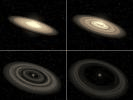
|
|||||

|
2005-01-10 | Vega |
Spitzer Space Telescope |
3000x2400x3 | |
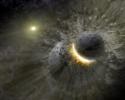
|
|||||

|
2005-01-10 | Vega |
Spitzer Space Telescope |
MIPS |
1419x707x3 |
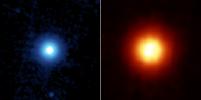
|
|||||

|
2005-01-11 | Encke |
Spitzer Space Telescope |
MIPS |
2154x2154x3 |
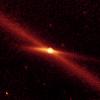
|
|||||

|
2005-01-11 |
Spitzer Space Telescope |
MIPS |
2364x1172x3 | |
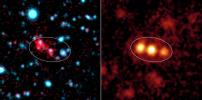
|
|||||

|
2005-01-11 |
Spitzer Space Telescope |
3000x2400x3 | ||
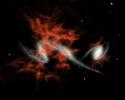
|
|||||

|
2005-01-12 | Trifid Nebula |
Spitzer Space Telescope |
IRAC Multiband Imaging Photometer (MIPS) |
2841x1846x3 |
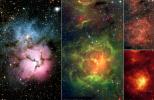
|
|||||

|
2005-01-12 |
Spitzer Space Telescope |
IRAC Multiband Imaging Photometer (MIPS) |
2816x1404x3 | |
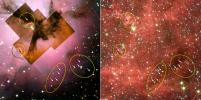
|
|||||

|
2005-02-08 | OTS 44 |
Spitzer Space Telescope |
3000x2400x3 | |
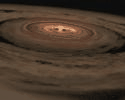
|
|||||

|
2005-02-08 | OTS 44 |
Spitzer Space Telescope |
2580x2010x3 | |
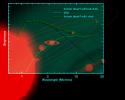
|
|||||

|
2005-02-08 | OTS 44 |
Spitzer Space Telescope |
IRAC |
2580x2010x3 |
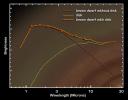
|
|||||

|
2005-02-11 | Ring Nebula |
Spitzer Space Telescope |
IRAC |
2104x1726x3 |
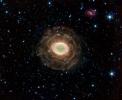
|
|||||

|
2005-03-01 |
Spitzer Space Telescope |
Infrared Spectrograph (IRS) |
2647x1958x3 | |
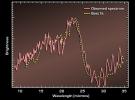
|
|||||

|
2005-03-01 |
Spitzer Space Telescope |
3000x2400x3 | ||
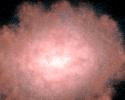
|
|||||

|
2005-03-22 |
Spitzer Space Telescope |
2783x1739x3 | ||
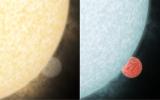
|
|||||

|
2005-03-22 |
Spitzer Space Telescope |
IRAC Multiband Imaging Photometer (MIPS) |
2220x2374x3 | |

|
|||||

|
2005-04-18 | RCW 79 |
Spitzer Space Telescope |
IRAC |
2440x2440x3 |
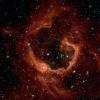
|
|||||

|
2005-04-20 | HD 69830 |
Spitzer Space Telescope |
Infrared Spectrograph (IRS) |
2766x2019x3 |
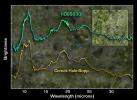
|
|||||

|
2005-04-20 | HD 69830 |
Spitzer Space Telescope |
3200x2400x3 | |
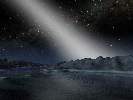
|
|||||

|
2005-04-20 | HD 69830 |
Spitzer Space Telescope |
3000x2400x3 | |
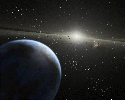
|
|||||

|
2005-08-03 | AMS08 |
Spitzer Space Telescope |
IRAC MIPS Very Large Array (VLA) |
2099x2100x3 |
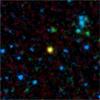
|
|||||

|
2005-05-30 | Carina Nebula |
Spitzer Space Telescope |
IRAC |
6614x5196x3 |
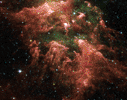
|
|||||

|
2005-06-10 | Cassiopeia A |
Spitzer Space Telescope |
IRAC |
2826x774x3 |

|
|||||

|
2005-06-10 | Cassiopeia A |
Spitzer Space Telescope |
IRAC |
2842x1622x3 |
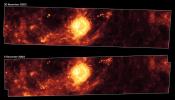
|
|||||

|
2006-01-11 | G29-38 |
Spitzer Space Telescope |
Infrared Spectrometer (IRS) |
3000x2400x3 |
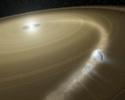
|
|||||

|
2005-10-13 | M31 |
Spitzer Space Telescope |
MIPS |
8193x2410x3 |

|
|||||

|
2005-10-20 |
Spitzer Space Telescope |
3000x2400x3 | ||
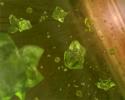
|
|||||

|
2005-10-27 |
Spitzer Space Telescope |
IRAC |
561x561x3 | |
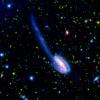
|
|||||

|
2005-10-28 |
Spitzer Space Telescope |
IRAC |
1600x1600x3 | |
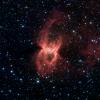
|
|||||

|
2005-11-09 |
Spitzer Space Telescope |
IRAC |
3426x2548x3 | |
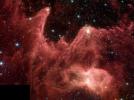
|
|||||

|
2005-11-15 | Perseus |
Spitzer Space Telescope |
IRAC |
1291x1663x3 |

|
|||||

|
2005-12-01 |
Spitzer Space Telescope |
IRAC |
848x711x3 | |
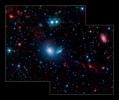
|
|||||

|
2005-12-13 | Milky Way |
Spitzer Space Telescope |
IRAC |
27000x6000x3 |

|
|||||

|
2005-12-20 | IRS 46 |
Spitzer Space Telescope |
Infrared Spectrograph (IRS) |
3000x2128x3 |
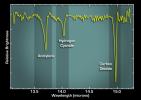
|
|||||

|
2005-12-20 | IRS 46 |
Spitzer Space Telescope |
3000x2400x3 | |
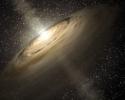
|
|||||

|
2005-12-22 |
Spitzer Space Telescope |
IRAC Multiband Imaging Photometer (MIPS) |
2310x3897x3 | |

|
|||||

|
2006-01-09 | Helix Nebula |
Spitzer Space Telescope |
IRAC |
2400x2794x3 |

|
|||||

|
2006-01-10 | Milky Way |
Spitzer Space Telescope |
IRAC |
7002x5050x3 |
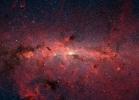
|
|||||

|
2006-01-10 | Milky Way |
Spitzer Space Telescope |
IRAC |
7002x5050x3 |
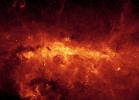
|
|||||

|
2006-02-08 | R 66 |
Spitzer Space Telescope |
Infrared Spectrometer (IRS) |
5140x2400x3 |
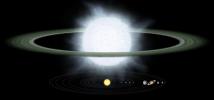
|
|||||

|
2006-02-15 |
Spitzer Space Telescope |
IRAC |
706x869x3 | |

|
|||||

|
2006-02-15 |
Spitzer Space Telescope |
Infrared Spectrograph (IRS) |
3000x2400x3 | |
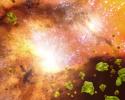
|
|||||

|
2006-03-03 |
Spitzer Space Telescope |
IRAC Near Infrared Spectrometer |
966x966x3 | |
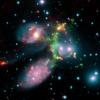
|
|||||

|
2006-03-16 |
Spitzer Space Telescope |
IRAC |
480x640x3 | |

|
|||||

|
2006-03-21 |
Spitzer Space Telescope |
IRAC |
2243x2240x3 | |
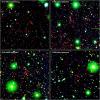
|
|||||

|
2006-04-05 |
Spitzer Space Telescope |
3200x2400x3 | ||
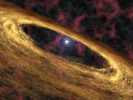
|
|||||

|
2006-04-05 |
Spitzer Space Telescope |
3000x2400x3 | ||
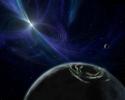
|
|||||

|
2006-04-26 |
Spitzer Space Telescope |
IRAC |
1010x1010x3 | |
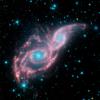
|
|||||

|
2006-05-11 |
Spitzer Space Telescope |
IRAC MIPS Visible Light |
900x859x3 | |
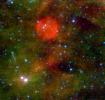
|
|||||

|
2006-06-05 | Messier 31 |
Spitzer Space Telescope |
IRAC |
720x486x3 |
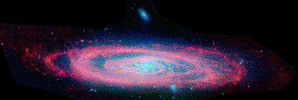
|
|||||

|
2006-06-05 |
Spitzer Space Telescope |
IRAC Mosaic-I Camera Mayall 4-Meter Telescope |
1114x1380x3 | |

|
|||||

|
2006-06-09 |
Spitzer Space Telescope |
IRAC |
2325x2329x3 | |
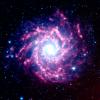
|
|||||

|
2006-07-24 |
Spitzer Space Telescope |
3200x2400x3 | ||
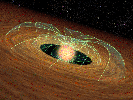
|
|||||

|
2006-08-15 | Orion |
Spitzer Space Telescope |
IRAC |
3220x6000x3 |

|
|||||

|
2006-08-15 | Orion |
Spitzer Space Telescope |
IRAC |
2240x2086x3 |
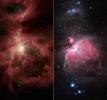
|
|||||

|
2006-08-15 | Orion |
Spitzer Space Telescope |
IRAC |
19937x6972x3 |
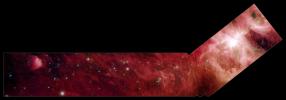
|
|||||

|
2006-08-15 | Orion |
Spitzer Space Telescope |
IRAC |
3000x1800x3 |
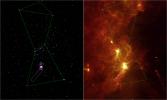
|
|||||

|
2006-09-01 |
Spitzer Space Telescope |
IRAC |
6000x6000x3 | |
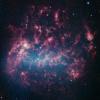
|
|||||

|
2006-09-01 |
Spitzer Space Telescope |
IRAC Multiband Imaging Photometer (MIPS) |
6000x6000x3 | |
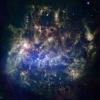
|
|||||

|
2008-01-10 | NGC 3621 |
Spitzer Space Telescope |
Infrared Spectrograph (IRS) |
3000x2400x3 |
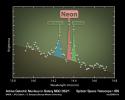
|
|||||

|
2006-10-12 |
Spitzer Space Telescope |
640x479x3 | ||
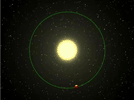
|
|||||

|
2006-10-12 |
Spitzer Space Telescope |
MIPS |
2396x2680x3 | |

|
|||||

|
2006-10-12 |
Spitzer Space Telescope |
2400x3200x3 | ||

|
|||||

|
2006-10-26 | Cassiopeia A |
Spitzer Space Telescope |
2400x3000x3 | |

|
|||||

|
2006-10-26 | Cassiopeia A |
Spitzer Space Telescope |
IRAC |
638x477x3 |
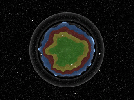
|
|||||

|
2006-10-26 | Cassiopeia A |
Spitzer Space Telescope |
IRAC |
1600x1600x3 |
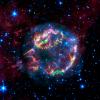
|
|||||

|
2006-10-27 |
Spitzer Space Telescope |
IRAC Multiband Imaging Photometer (MIPS) |
3000x2300x3 | |
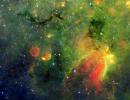
|
|||||

|
2006-10-03 |
Spitzer Space Telescope |
MIPS |
1500x558x3 | |

|
|||||

|
2006-10-27 |
Spitzer Space Telescope |
IRAC Multiband Imaging Photometer (MIPS) |
2448x2244x3 | |
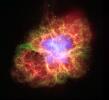
|
|||||

|
2006-11-07 |
Spitzer Space Telescope |
IRAC Ultraviolet/Visible Camera |
6000x6000x3 | |
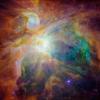
|
|||||

|
2006-12-08 |
Spitzer Space Telescope |
IRAC |
2320x2420x3 | |

|
|||||

|
2006-12-08 |
Spitzer Space Telescope |
MIPS |
2861x1439x3 | |
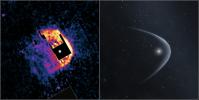
|
|||||

|
2006-12-08 |
Spitzer Space Telescope |
IRAC |
3000x2141x3 | |
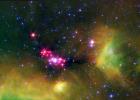
|
|||||

|
2006-12-18 |
Spitzer Space Telescope |
644x481x3 | ||
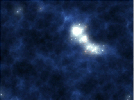
|
|||||

|
2006-12-18 |
Spitzer Space Telescope |
IRAC |
2430x1525x3 | |
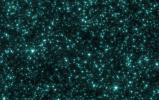
|
|||||

|
2007-01-09 |
Spitzer Space Telescope |
IRAC Multiband Imaging Photometer (MIPS) |
2100x2400x3 | |

|
|||||

|
2007-01-26 |
Spitzer Space Telescope |
3000x2400x3 | ||
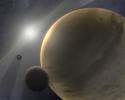
|
|||||

|
2007-01-26 |
Spitzer Space Telescope |
3200x2400x3 | ||
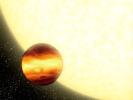
|
|||||

|
2007-01-26 |
Spitzer Space Telescope |
IRAC |
720x720x3 | |
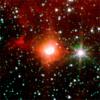
|
|||||

|
2007-02-12 | Helix Nebula |
Spitzer Space Telescope |
IRAC Multiband Imaging Photometer (MIPS) |
4279x3559x3 |
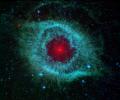
|
|||||

|
2007-02-21 |
Spitzer Space Telescope |
3000x2400x3 | ||
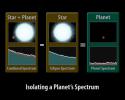
|
|||||

|
2007-02-21 |
Spitzer Space Telescope |
Infrared Spectrograph (IRS) |
3000x2400x3 | |
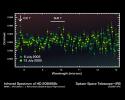
|
|||||

|
2007-02-21 |
Spitzer Space Telescope |
Infrared Spectrograph (IRS) |
3000x2400x3 | |
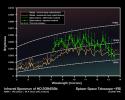
|
|||||

|
2007-02-21 |
Spitzer Space Telescope |
Infrared Spectrograph (IRS) |
3000x2400x3 | |
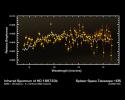
|
|||||

|
2007-02-21 |
Spitzer Space Telescope |
3000x2400x3 | ||
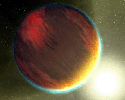
|
|||||

|
2007-03-29 |
Spitzer Space Telescope |
IRAC |
3000x2400x3 | |
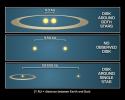
|
|||||

|
2007-03-29 |
Spitzer Space Telescope |
3000x2000x3 | ||
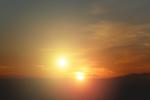
|
|||||

|
 |
 |
 |
 |
 |
 |
 |
 |
 |
 |

|
| 1-100 | 101-200 | 201-300 | 301-400 | 401-500 | 501-600 | 601-700 | 701-800 | 801-900 | 901-1000 |
| Currently displaying images: 201 - 300 of 1300 |